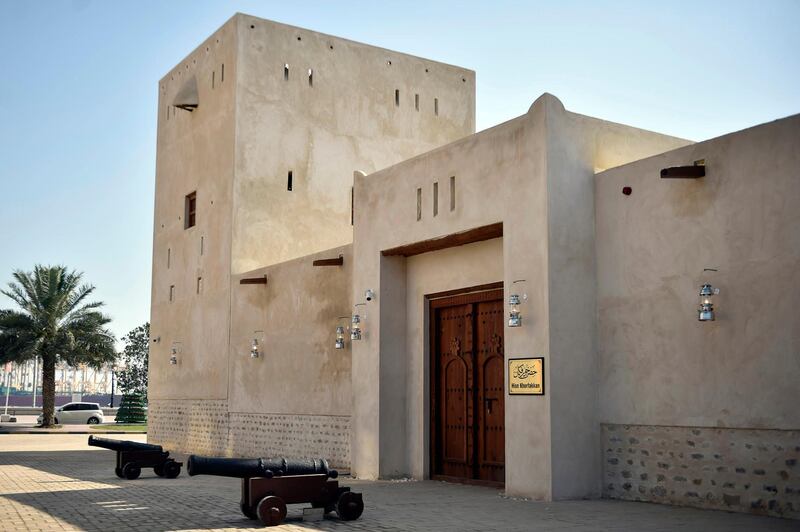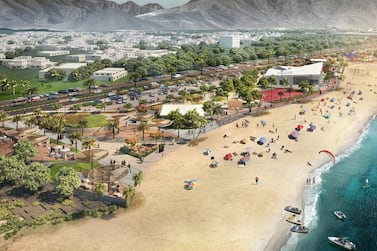One of the biggest battles in the Strait of Hormuz, the waterway that wraps around the UAE peninsula, came in the early 1500s, when the Portuguese navy fought to gain control of trade routes between India and Europe.
The Portuguese fleet, led by Afonso de Albuquerque, attacked Arab coastal cities and, crucially, the island of Hormuz, from which they established their dominance over the region.
Khor Fakkan, a city on the western edge of the peninsula within the emirate of Sharjah, was a major battle in this campaign. It was one of the largest ports of the time, with numerous Indian merchants living there, and a healthy trade in horses, which were bred in Khor Fakkan and exported to India. Wheat, millet, citrus fruits, figs and dates were also grown and traded from the city. But in 1507, Albuquerque sacked it, razing most of the city to the ground and ordering his men to cut off the ears and noses of any residents who resisted.
More recently, over the past 40 years, archeologists have been uncovering evidence of these and other histories from this long-established town. And earlier this month, the Sharjah Museums Authority opened Hisn Khor Fakkan, a museum in a renovated fort, which will tell the story of these remains.
“It’s remarkable what archaeological teams have discovered in artefacts and sites in only 40 years of dedicated work in Sharjah,” says Manal Ataya, director-general of Sharjah Museums Authority. “It is our duty as a museum to ensure the objects and their stories are available to the public and do not remain unknown. We especially are proud to open this museum, so the residents of Khor Fakkan continue to feel ownership and great pride in their history and heritage.”
The museum is one of a number of capital projects that are being undertaken in Khor Fakkan and the western coast. The Sharjah Art Foundation also run workshops in the city, and use the former ice factory in Kalba, about 40 minutes south of Khor Fakkan city, as an exhibition venue. The city is also home to a number of the UAE's important artists, such as Mohammed Ahmed Ibrahim and Abdullah Al Saadi, both of whose works have been inspired by the area's rocky landscape.
The new archeological museum was launched with the screening of a film about the 1507 conquest of the city. Maritime history is a particularly important topic for the ruler of Sharjah, Sheikh Dr Sultan bin Muhammad Al Qasimi. For a book published in the late 1980s, Al Qasimi researched British naval involvement in the Gulf, arguing that the British created a fallacy of Arab piracy as a casus belli for naval engagement.
Hisn Khor Fakkan will explore the history of the western coastal town, as well as the rock carvings that the mountainous area is known for. Several carvings show people hunting or dancing, walking or riding on horseback, while others depict the animals that would have been common in the region, such as goats and sheep. More recent carvings are inscriptions in Arabic and Kufic script.
The museum also plays a part in the capacity-building projects of Sharjah, notes Ataya. "It's important for us to inspire a new generation of UAE historians and archaeologists to continue unravelling its history. Therefore, all new staff of the museum are university graduates from Khor Fakkan, with backgrounds in history, social sciences and archaeology."







